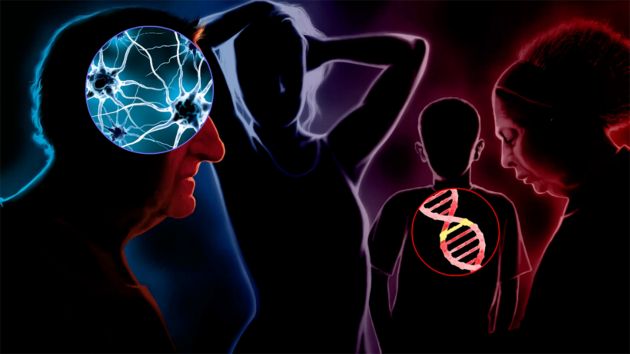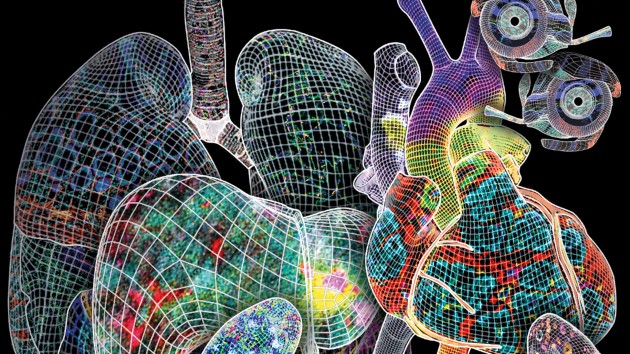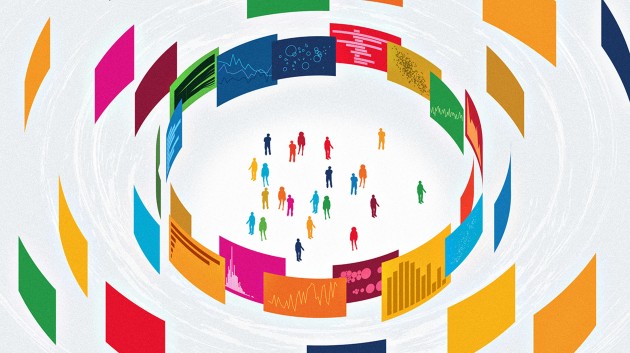Innovations In |
Collections
Filters
-
Collection Type
-
-
Nature Index |
 Cancer
Cancer
A cornerstone of scientific activity in many countries, cancer research is producing game-changing work for universal gain.
Image: Eva Vázquez -
Advertisement Feature |
 Seegene: Unlocking the potential of molecular diagnostics
Seegene: Unlocking the potential of molecular diagnostics
Seegene is a global molecular diagnostics company providing a total real-time PCR solution for healthcare through their unique, patented technology that combines high multiplex diagnostic assays with automatic testing systems.
Image: Seegene -
Nature Outlook |
 Medical diagnostics
Medical diagnostics
Working out what ails a person is a founding principle of modern medicine. And as treatments improve and become more tightly targeted, access to a precise and rapid diagnosis is more important than ever.
Image: David Parkins -
Focal Point |
 Focal Point on COVID-19 Modelling in Japan
Focal Point on COVID-19 Modelling in Japan
This focal point examines Japan's COVID-19 & AI Simulation Project - an initiative gathering multiple teams of experts who constructed computational models to provide the government and the public with an evidence base around which a rapid response to the evolving pandemic could be designed.
Image: Marco Bottigelli/Getty Images -
Spotlight |
 Virtual Reality
Virtual Reality
Once dismissed as a gamer gimmick, virtual reality technologies are now firmly established in some labs.
Image: Stephen Hilton -
Nature Index |
 China
China
China has surpassed the United States to become the leading nation in the Nature Index.
Image: Joey Guidone -
Focal Point |
 Focal Point on Brain Science in Japan
Focal Point on Brain Science in Japan
The marmoset is the focus of Japan’s national brain initiative, Brain/MINDS, because its brain is more human-like than those of rodents.
-
Spotlight |
 Disaster preparedness
Disaster preparedness
Human-driven climate change is forging a dangerous world. Hazards such as earthquakes, hurricanes, floods, landslides, wildfires and droughts are increasing in frequency and intensity.
Image: Shutterstock -
Collection |
 Human BioMolecular Atlas Program
Human BioMolecular Atlas Program
Inaugurated in 2018, the Human BioMolecular Atlas Program (HuBMAP) endeavours to construct comprehensive spatial maps that feature a range of biomolecules such as RNA, proteins, and metabolites in human organs at single-cell resolution.
Image: Heidi Schlehlein -
Collection |
 Progress towards the Sustainable Development Goals
Progress towards the Sustainable Development Goals
The year 2023 marks the mid-point of the 15-year period envisaged to achieve the Sustainable Development Goals, targets for global development adopted in September 2015 by all United Nations Member States.
Image: © Springer NatureOpen for submissions -
Nature Outlook |
 Malaria
Malaria
Malaria incidence and mortality rates have hardly changed since 2015.
Image: Adam McCauley

 Environmental health equity
Environmental health equity